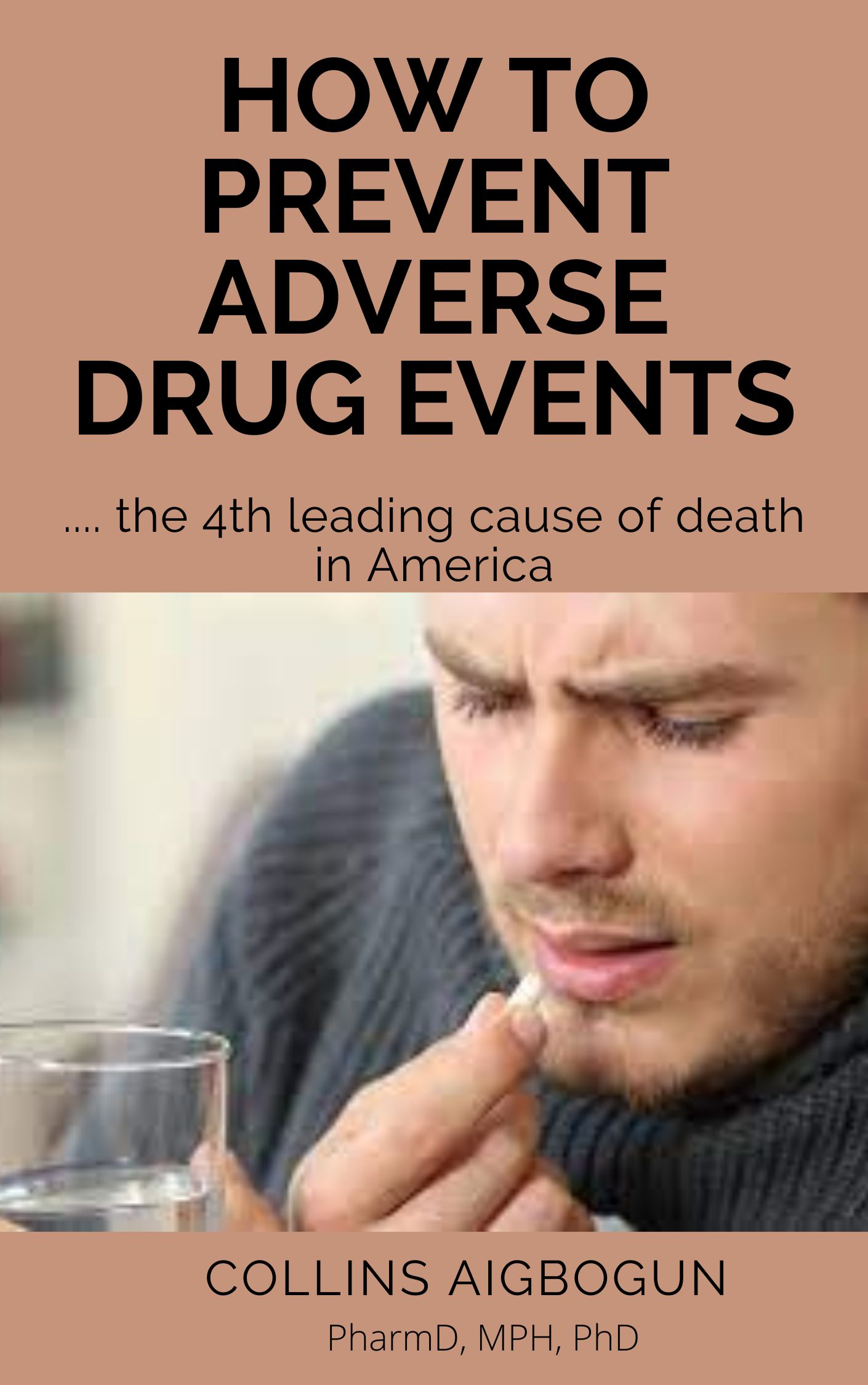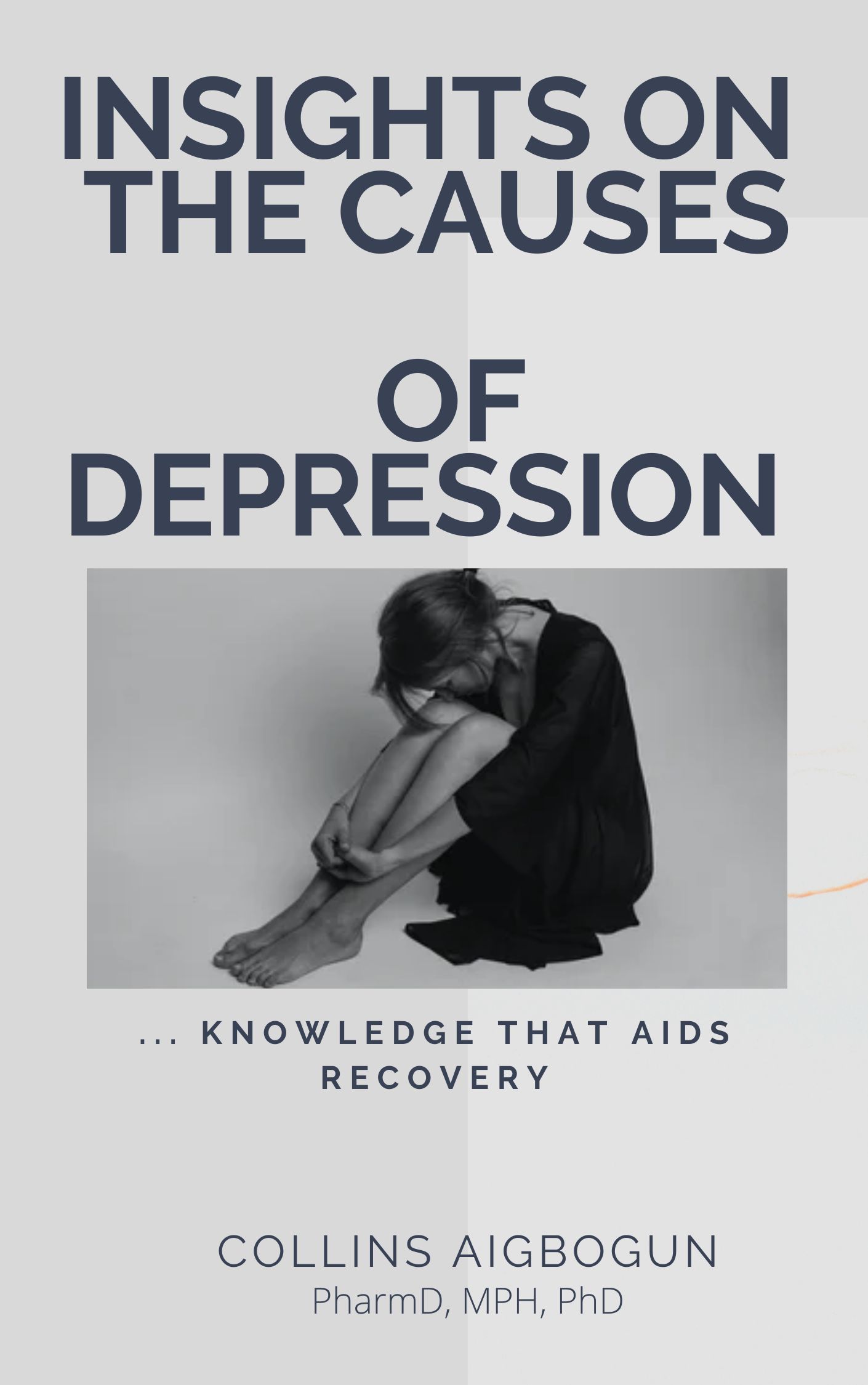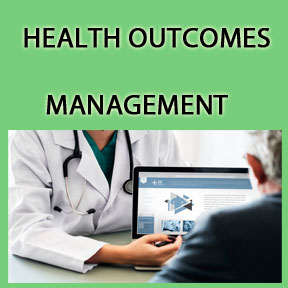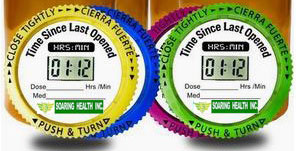How Safe is Tramadol?
Tramadol is an analgesic drug believed to be less risky and addictive than other narcotic pain medications. However, a sharp increase in emergency room visit due to the use of Tramadol, has created a reason for concerns. Tramadol is a synthetic drug used in the management of moderate to severe pain such as pain from arthritis, physical injury, or post-operative procedure. Common brand names include Ultram, Ultracet, Ryzolt, ConZip, and several others.
STATISTICS REGARDING THE USE OF TRAMADOL
Before the reclassification of Tramadol as a schedule IV controlled substance, there was an increasing number of Tramadol prescriptions and subsequent emergency room visits. Regardless of the reclassification, there is a need for caution because no one drug is best for everyone. For example, the US Substance Abuse and Mental Health Services Administration (SAMHSA) observed that adverse drug events due to the use of Tramadol resulted in 11,000 emergency room visits in 2005. This number rose to 27,000 in 2011. Likewise, despite new regulations, the number of emergency room visits due to the use of Tramadol is still on the high side. Researchers observed that women were more likely to visit an emergency room because of the use of Tramadol. Also, a significant proportion of the emergency room visits were from patients over 55 years old, even though individuals over 65 years represented over 33% of all emergency room visits due to the use of Tramadol. It is needful to state that some of the adverse events due to the use of Tramadol in older adults can be attributed to drug-drug interaction among the geriatric population.
COMMON ADVERSE EVENTS
Some frequent adverse events due to the use of Tramadol include a racing heartbeat, confusion, seizures, shortness of breath, lightheadedness, loss of consciousness, and increased body temperature. Severe adverse reactions include seizures and possible serotonin syndrome. Some co-morbid conditions that interfere with the effectiveness and subsequent interaction with Tramadol include migraine, mental illness, depression, anxiety, nausea, vomiting, and muscle spasms. All of these co-morbid conditions can exacerbate the risk of seizures when patients take Tramadol. That is why it is wise to discuss your medications with your physician or pharmacist including your over-the-counter medications
QUICK COUNSEL
- Have a clean and updated list of medicines and take it with you wherever possible.
- Discuss your medication with your physician and/or pharmacist to avoid regrettable errors.
- Plan to fill all your prescriptions in one pharmacy so that your pharmacist can have complete data to guide you into the best possible health.
- Increase your health literacy as best as you can, especially regarding the use of medications.
- You might need a pharmacogenetics test if your drugs really don’t work for you or perhaps, you sometimes experience adverse drug events. You are unique. Hence, pharmacogenetics testing can help you, your physician, and your pharmacist select the drug that will work best for you. Click this link for a FREE guide that can help you.









